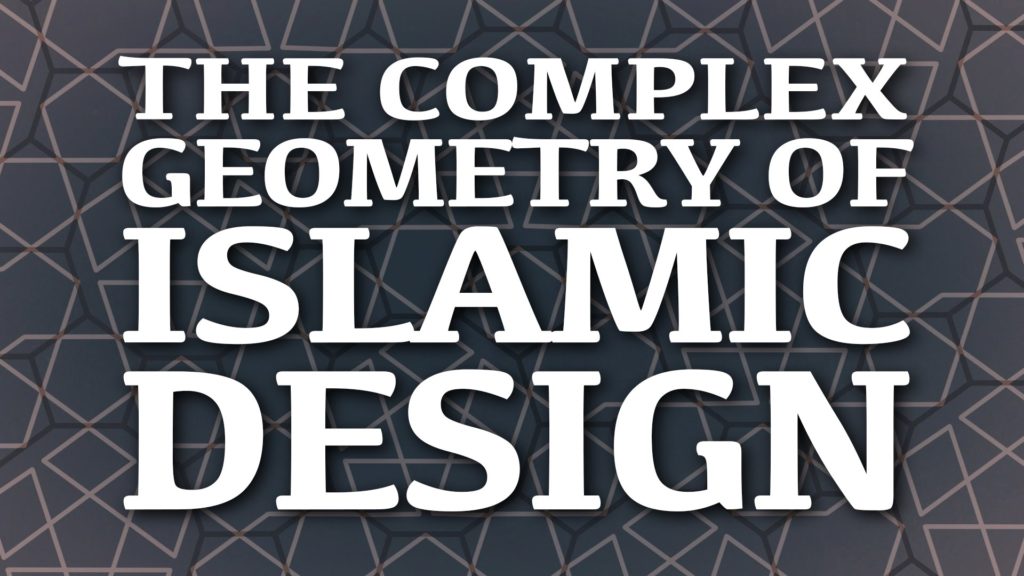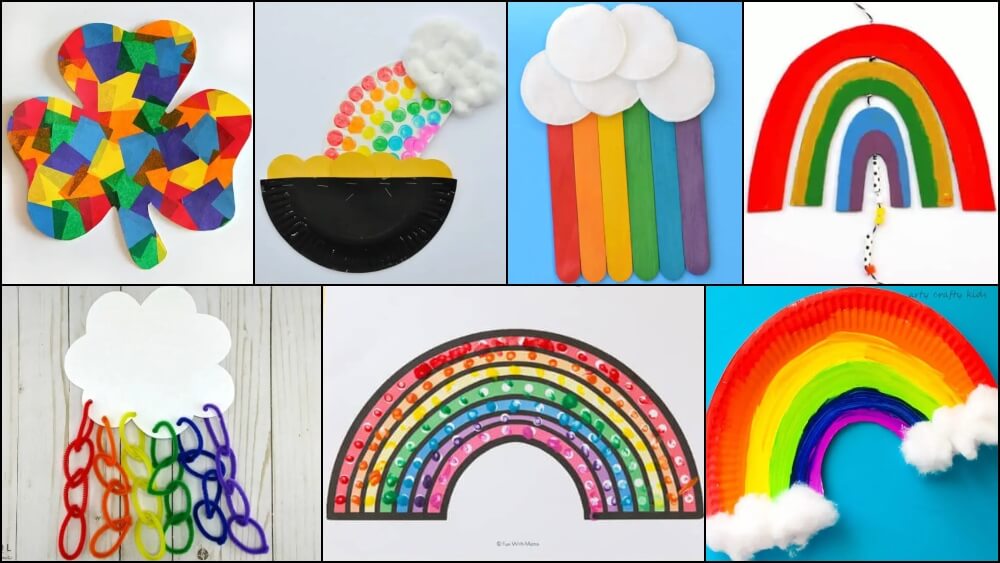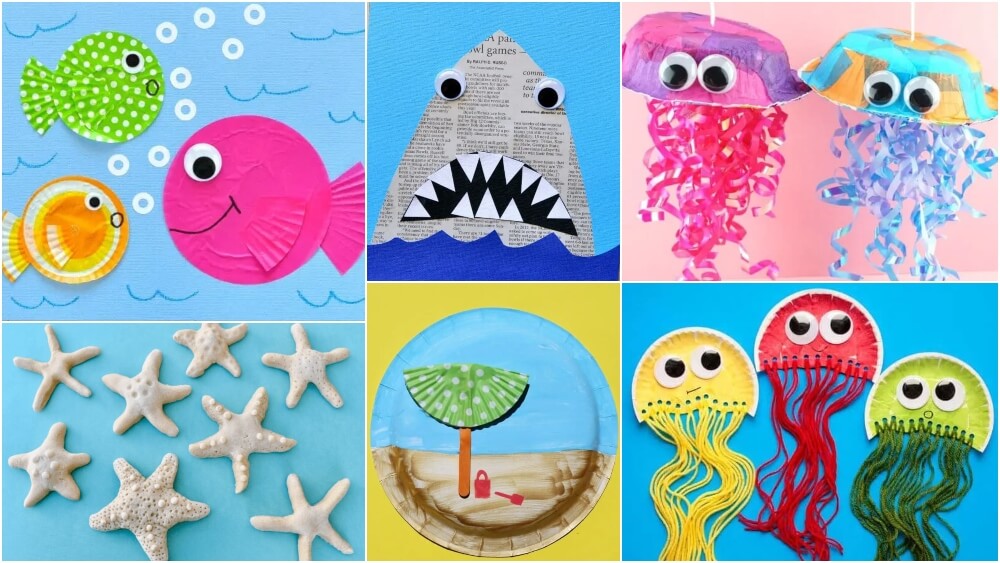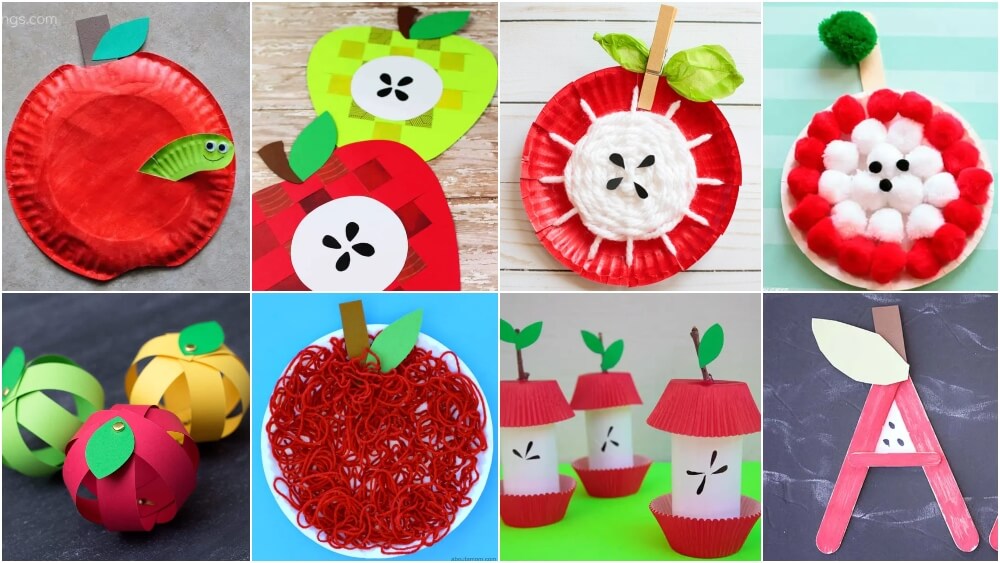The complex geometry of Islamic design

Geometric patterns, calligraphy, and botanical images are three types of Islamic art, you’ll find in Islamic culture, places like mosques, madrassas, palaces, and private homes.
It began in the 8th century CE inspired by Greeks and Roman, craftsmen took motifs from Roman and Persian cultures and progressed them into new visual expressions. As a monotheistic Islam discards all other deities and avoids the depiction of realistic humans and animals figures that’s why during this period there was increasingly sophisticated use of abstraction and complex geometry in Islamic art from intricate floral motifs adorning carpets and textiles to patterns of tilework. All these designs are not figurative patterns especially found in places of worship.
Designs can be created with a compass and rulers, but with these simple tools emerges a kaleidoscope multiplicity of patterns. It starts with a circle and split into four, five, or six equal sections which gives rise to a distinctive pattern. Counting the number of rays on a starburst or the number of petals around it indicates the category the pattern.
A secret in these designs is an underlying grid invisible but essential to the pattern. It helps to determine the scale of the composition, keeps the pattern accurate, and facilitates new patterns.
Many different designs are possible by choosing a set of segments from the construction line and by creating a grid with repetitions of this line we can complete the design in a process called tessellation, which is not constrained to simple geometric shapes.
Other shapes have to be added to make something that is repeatable resulting in patterns that may seem confoundingly complex but are relatively simple to create.






Responses